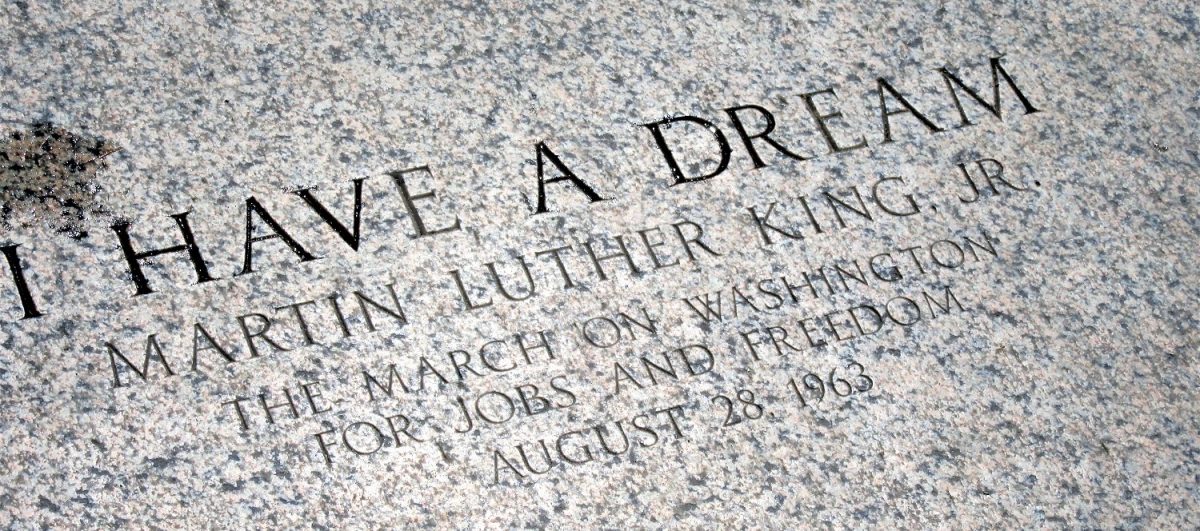The featured image for this post is that of a Painted Lady butterfly, one beautiful member of a hugely diverse group of such creatures. It reminded me of the state of our physician supply, which is not so very diverse when it comes to inclusion of minorities.
Even though I’m moving into the final year of my phased retirement contract in July and I’m off service—I still check my office email several times every single day. It’s a hard habit to break after 23 years, not counting 4 years each of residency and medical school. So, I get a pang every time I see a news item in my inbox about the shortage of physicians, especially the shortage of minority physicians. The challenge to increase diversity of race and ethnicity in the supply of American doctors is a big one.
The Greenville News in South Carolina posted a long article about this issue on May 13, 2019 (“Despite efforts to boost their numbers, blacks account for just 6% of doctors in SC” by Liv Osby). Even though blacks make up 13% of the U.S. population, only about 6% of the doctors in Greenville, S.C. are black. Many members of minority groups do not recall seeing a doctor who looked like them while they were growing up. Minority role models for the goal of becoming physicians have always been few and far-between.
I recall being one of a handful of minority students entering the summer enrichment program in 1988 at the University of Iowa. The summer enrichment opportunity was intended to be one way to assist minority students excel in the basic sciences courses that we would be facing in the upcoming regular academic year.
I have always appreciated that boost but not all of my peers saw it that way. One young man said simply, “I’ll see you in the fall,” evidently meaning he would not be attending the summer enrichment program. It was clear from talking with him that he thought the program sent the wrong message to the majority students—that we were getting an unfair advantage. I’m pretty sure that the summer enrichment program ended many years ago, at least in part because of that negative perception.
This reminded me of my undergraduate experience at Huston-Tillotson (H-T) College (now H-T University) when the controversy about affirmative action was prominent. I recall only one black student who was planning to go to medical school and hoped to get into the University of Texas. In fact, even though the term is no longer used, the Greenville News story mentioned that Texas Tech last year eliminated race as a consideration for admission to its Health Sciences Center. This indicates ongoing discomfort about the perception of favoritism or special treatment being given to minorities.
I still see one of my summer enrichment program professors in the hospital hallways every so often. He even remembers my name. We exchange friendly greetings.
And I’m painfully aware that there may be only one other black psychiatrist in Iowa—and I think he’s also a baby boomer.
As I head for retirement, I remember a line from one of the final scenes in the movie Men in Black, “I haven’t been training a partner; I’ve been training a replacement.” I’m not sure if there will be someone to replace me.



